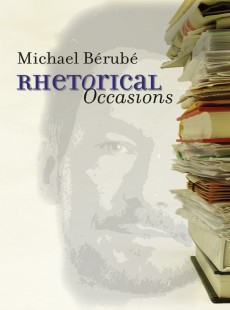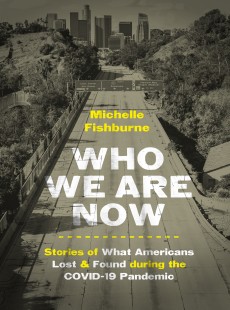
South-Watching
Selected Essays by Gerald W. Johnson
Fred C. Hobson Jr.
 Publisher: University of North Carolina Press
Publisher: University of North Carolina Press
Imprint: The University of North Carolina Press
Published: 06/2018
Pages: 207
Subject: Literary Collections
| University of North Carolina
Print ISBN: 9.78081E+12
eBook ISBN: 9781469622903
DESCRIPTION
Before Johnson examined the health of America, however, he examined the health of the South--and generally, in the 1920s, he found it poor. The revival of the Ku Klux Klan, the Scopes trial, the anti-Catholicism sparked by Al Smith's presidential candidacy, and the labor violence of 1929 made the South the nation's number one news item, reinforcing the national image of a Savage South.
In South-Watching, Fred Hobson contends that Johnson's most important accomplishment was his role as brilliant critic and interpreter of Southern life during this crucial stage in the making of a modern Southern mind. This volume is the first collection of Johnson's essays about the South, and Hobson's perceptive introduction is the first biographical treatment of a man whose vision shaped the destiny of his native region.
Originally published in 1983.
A UNC Press Enduring Edition -- UNC Press Enduring Editions use the latest in digital technology to make available again books from our distinguished backlist that were previously out of print. These editions are published unaltered from the original, and are presented in affordable paperback formats, bringing readers both historical and cultural value.
RELATED TITLES








